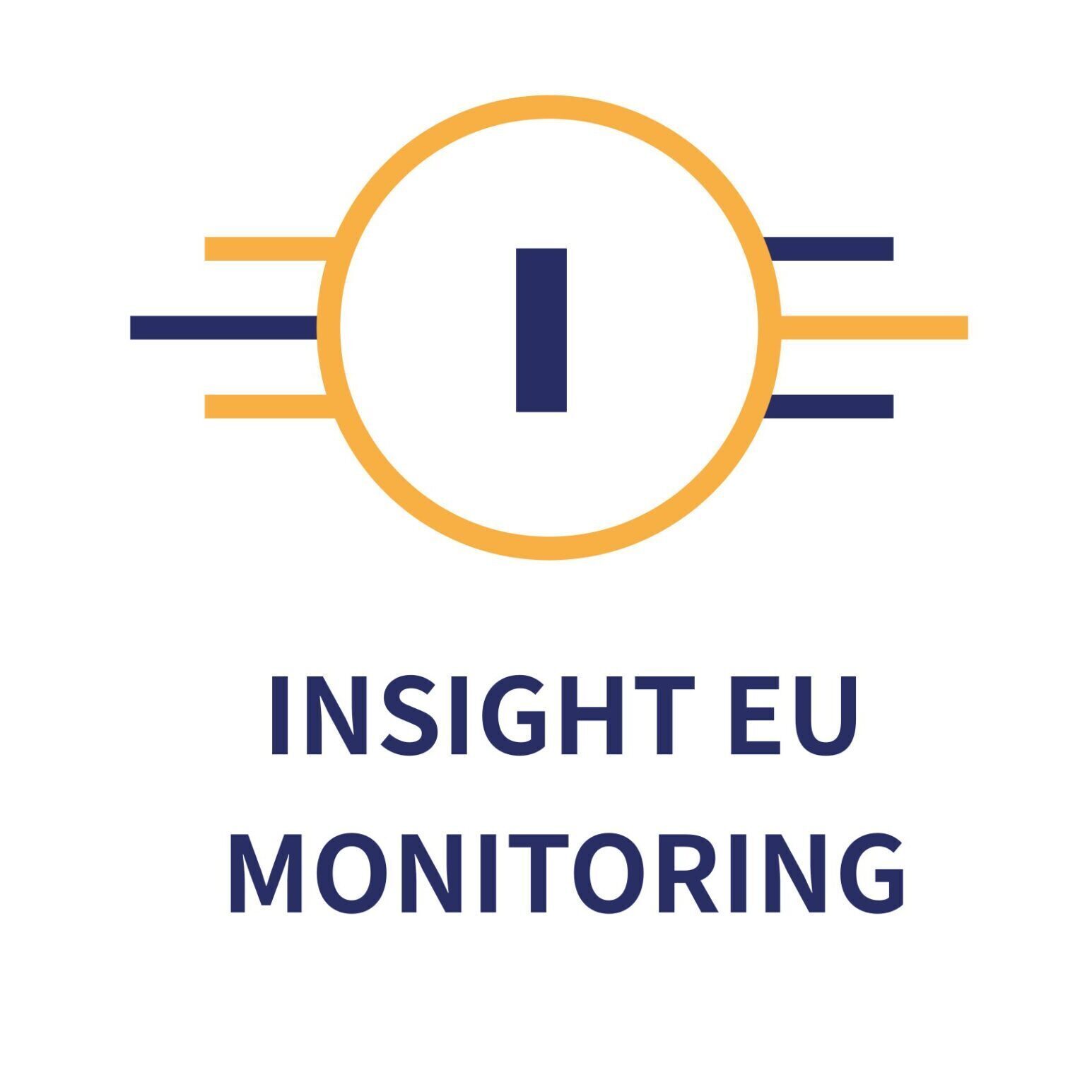Arlington, February 3, 2025
Optical detectors are essential for converting light into measurable signals, enabling a wide range of critical technologies, such as fiber-optic communication, biological imaging, and motion sensors for navigation. However, their sensitivity is fundamentally limited by quantum noise, which prevents the detection of extremely faint signals in the most precision-demanding fields.
As the world marks the 100-year anniversary of the initial development of quantum mechanics with the International Year of Quantum Science and Technology, DARPA’s Intensity-Squeezed Photonic Integration for Revolutionary Detectors (INSPIRED) program is working to break through the quantum noise limit. By harnessing “squeezed light,” INSPIRED seeks to develop compact, cost-effective optical detectors that can operate at unprecedented sensitivities – allowing signals previously buried in quantum noise to be clearly detected.
The promise of squeezed light
A fundamental concept of quantum mechanics is the Heisenberg principle, which states that due to the inherent nature of quantum systems, it is impossible to simultaneously know both the exact position and momentum of a particle with perfect accuracy – the more precisely one property is known, the greater the uncertainty in the other. With light, the principle also applies to other pairs of properties, such as the amplitude and phase of an electromagnetic wave.
Squeezed light is a unique quantum state in which the uncertainty of one of these two properties is reduced below the standard quantum noise limit, while the uncertainty in the other is increased to preserve the Heisenberg principle. This “squeezing” minimizes random noise in measurements, enabling the detection of extremely faint signals that would otherwise be imperceptible. Squeezed light systems were first applied to some of the most precise measurements ever performed to boost the sensitivity of the Laser Interferometer Gravitational-Wave Observatory (LIGO) – resulting in the first observation of gravitational waves and the 2017 Nobel Prize in Physics. These detection systems continue to allow LIGO to capture faint signals from distant cosmic events, such as black holes and neutron star collisions.
Building on this success, INSPIRED aims to translate laboratory-based squeezed light techniques into deployable technology. The program is leveraging advancements in chip-scale photonics to develop compact, integrated squeezed-light sources 40 times quieter than the quantum noise limit. These breakthroughs will then enable the creation of highly sensitive detectors that overcome traditional noise barriers, unlocking new possibilities in fields such as sensing, communication, and quantum computing.
INSPIRED’s roadmap
INSPIRED is organized into two phases over three years. Phase 1 is focused on developing core squeezed-light components, with participation from eight research teams led by Hewlett Packard Enterprise, RTX BBN Technologies, Inc., Stanford University, University of Massachusetts at Amherst, University of California, Santa Barbara, University of Southern California, University of Virginia, and Yale University. To kick off the program, DARPA gathered the INSPIRED teams at the LIGO Hanford Observatory in the southeast of Washington state.
“By taking squeezed light capabilities out of the lab, we aim to drive breakthroughs across defense, scientific, and commercial applications,” said Dr. Justin Cohen, program manager in DARPA’s Microsystems Sciences Office. “Commencing the INSPIRED program at the LIGO Observatory reflects our commitment to uncovering what’s possible when we push the limits of technology through collaboration and vision.”
The anticipated culmination of INSPIRED’s efforts in Phase 2 is a complete squeezed-light detector, housed within a module the size of a deck of cards.
Visit the INSPIRED program page for further information.
Source – U.S. DARPA
